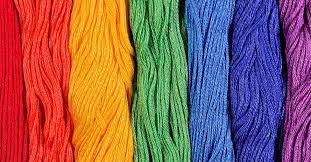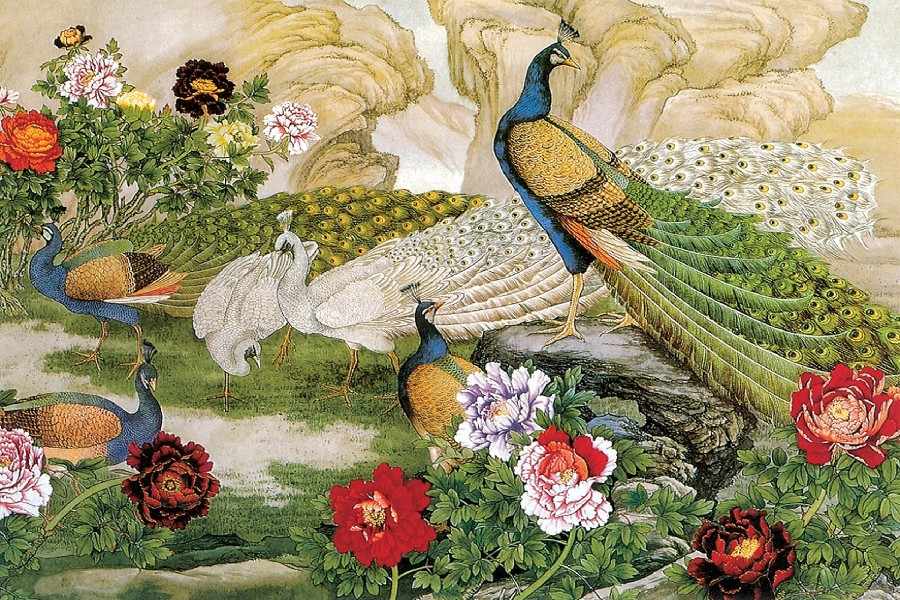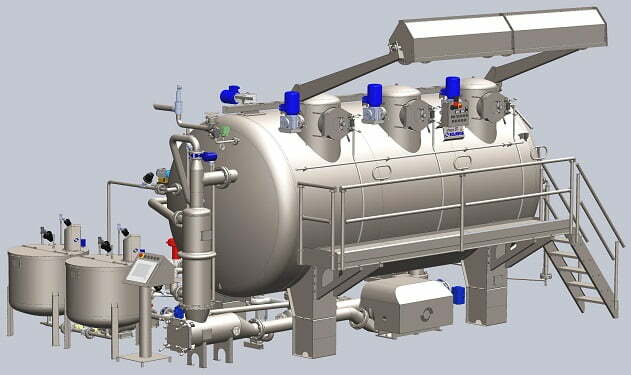Dyeing is a process of coloration of textile fabric by using some required dyes & chemical according to the specified shade, color & order. Dyeing is the aqueous application of dyes on textile substrate. Dyes can be absorbed or adhere on to the substrate in solution form through covalent bond or complexes with salts or metals by chemical retention or physical adsorption. Dyes are of different types & applied to different fabrics like natural or synthetic in different methods. Reactive dyes are most common for cotton fabric dyeing, disperse dyes are widely used for polyester fabric dyeing in the industry & pigments are also used for cotton & CVC fabric dyeing. During dyeing operation, many dyeing parameters such as time, temperature, pH etc. are affected on whole dyeing process.
pH
| Scouring (NaOH) | 11-12 |
| Bleaching (H2O2) | 10.5-11 |
| Enzyme | 4.5-4.8 |
| Reactive dyeing | 10.5-11.5 |
| Polyester dyeing | 4.5-5.5 |
| Disperse dyeing | 4.5-5.5 |
| Before dyeing (Levelling) | 6.5 |
| Salt | 7-8 |
| Softener | 6.5 |
Temperature
| Cotton scouring | 90 – 120℃ |
| NaOH addition | 65℃ |
| H2O2 addition | 70℃ |
| Peroxide killing | 80℃ |
| Polyester dyeing | 100 – 135℃ |
| Polyester stripping | 130℃ |
| Bio-polishing | 55 – 63℃ |
| Cotton dyeing: Cold brand | 45℃ |
| Cotton dyeing: Medium brand | 60℃ |
| Cotton dyeing: Hot brand | 80℃ |
| Migration for Turquoise color | 80 – 90℃ |
| Optical Brightening Agent (OBA) | 80℃ |
Reduction cleaning | 80 – 90℃ |
| Softener | 55℃ |
Time
| White Fabric | 3 – 5 hours |
| 100% Cotton | 8 – 10 hours |
| 100% Polyester | 3.5 – 5 hours |
| CVC | 13 – 14 hours |
M : L Ratio
| Reactive dyeing | 1 : 6 |
| Turquoise dyeing | 1 : 8 |
| Viscose dyeing | 1 : 10 |
| Fluorescent dyeing | 1 : 20 |
| Critical shade dyeing | 1 : 6 |
Types of Dosing
👉Linear dosing
👉Progressive dosing
👉Decrease dosing
Emdadul Haq (Lecturer, Department of Textile Engineering, Primeasia University; Bangladesh)
Texpedi.com
Check out these related articles:









This was a wonderful blog post about fabric dyeing process parameters, I request you to please elaborate more so that users can read detailed information about this topic in one blog and all their doubts are cleared.
Also read, What Is Fiber Reactive Dye And How Does It Work?